Struggling to find external sliding door hardware that lasts? Poor quality parts fail, leading to costly replacements and security risks. You need hardware that you can trust.
The best external sliding door hardware features heavy-duty materials like stainless steel, precision rollers for a smooth glide, and robust multi-point locking for security. It must also be corrosion-resistant with anti-jump features to ensure safety and long-term reliability in any weather condition.
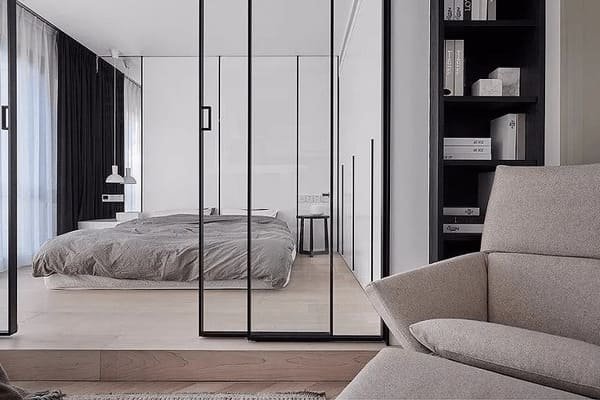
Getting these details right is the difference between a product that fails in a year and one that lasts a decade. As a hardware manufacturer, I’ve spent years perfecting these components. It all starts with understanding what makes not just the hardware, but the entire door system, truly great. You need to know what to look for, from the ground up, to ensure you’re sourcing a product that your own customers will love.
What makes a good sliding door?
A sliding door seems simple, right? But the wrong components can make it clunky, unsafe, and a pain to use. A truly great door is more than just a pane of glass.
A good sliding door combines a sturdy frame, quality glass for insulation, and high-performance hardware. The rollers, tracks, and locks are critical. They are what ensures smooth, secure, and long-lasting operation for the end-user, creating a premium feel every time.
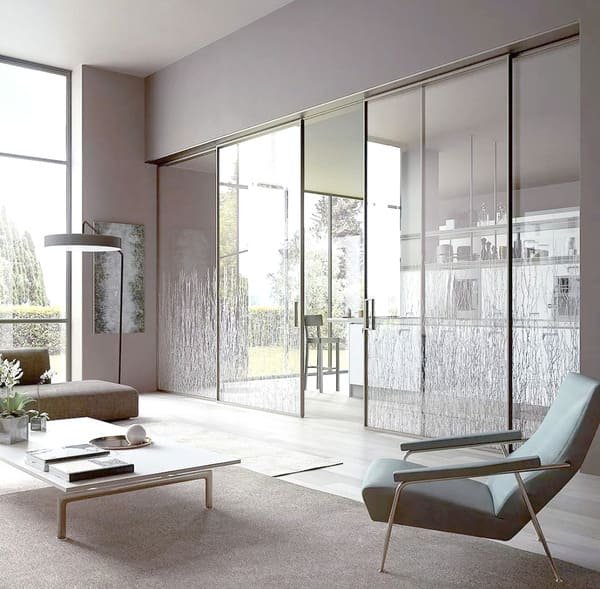
When I visit factories or talk to purchasers like you, the conversation always comes back to the core components. You can have the best-looking frame or the most energy-efficient glass, but if the hardware fails, the entire unit is useless. Think of it as a system where every part has a job.
The Frame and Glass
The frame provides the structure. Materials like aluminum or reinforced uPVC are popular for external doors because they resist weather and don’t warp. The glass package is just as important. Double or even triple-pane insulated glass units (IGUs) with tempered glass are standard now for safety and thermal performance. These elements make the door heavy, which puts immense pressure on the hardware.
Why Hardware is the Hero
This is where the hardware comes in. It has to carry that significant weight without bowing, twisting, or failing. The quality of the rollers1 determines how easy it is to open and close, and the lock provides the security. Cheap hardware will grind, stick, and break under the load. In my experience, top-tier door manufacturers invest heavily in sourcing the best possible hardware because they know it defines the final user experience and protects their brand reputation. They know that the part you can’t always see makes all the difference.
What makes sliding doors slide better?
A stiff or noisy sliding door is incredibly frustrating. It feels cheap and can be a real struggle for the end-user. The secret to a perfect glide isn’t brute force, it’s smarter engineering.
To make sliding doors slide better, focus on superior rollers and a clean, perfectly aligned track. Precision-engineered rollers, especially those with sealed ball bearings, dramatically reduce friction. A durable, straight track made from stainless steel or high-grade aluminum ensures a consistently smooth path.
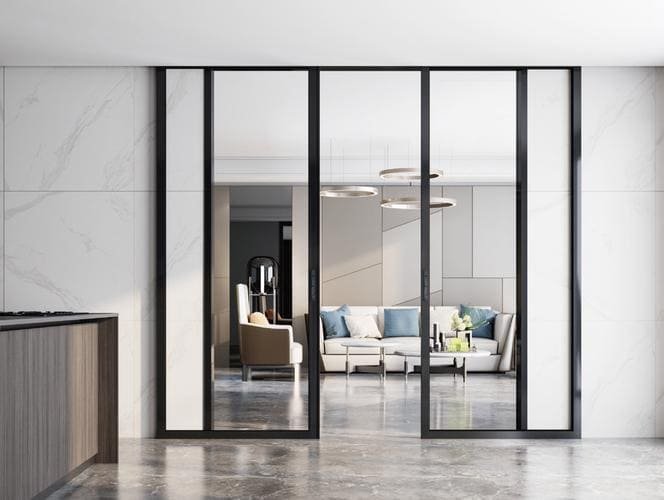
I’ve seen countless doors in my career, and the smoothest ones always have one thing in common: excellent rollers and tracks. It’s a simple concept, but the execution is what separates premium products from the rest. Let’s break down why these two parts are so important.
The Science of Smooth Motion
The rollers do the heavy lifting. The material and design are key. For heavy external doors, stainless steel rollers with sealed ball bearings are the best choice. The ball bearings allow the wheel to spin with almost no friction, so even a very heavy door feels light. Cheaper options use plastic wheels with simple axles that wear down quickly and get stuck.
Here’s a quick guide to roller materials2:
| Roller Material | Best For | Why? |
|---|---|---|
| Nylon | Lightweight Interior Doors | Quiet operation, affordable |
| Stainless Steel3 | Heavy-Duty External Doors | High strength, corrosion resistant |
| Tandem Rollers | Very Heavy or Tall Doors | Distributes weight across two wheels for a smoother glide |
Track and Alignment are Everything
The track is the roller’s road. If the road is bumpy or bent, the ride will be rough. The track needs to be made from a strong material that won’t dent or corrode, like stainless steel or extruded aluminum. Just as important is the installation. The track must be perfectly level and straight. I once had a client complain our rollers were faulty, but after inspection, we found their track was installed incorrectly, causing the door to bind. Proper installation is just as crucial as the quality of the parts.
What are the basic door hardware functions?
Door hardware looks simple, but it’s doing several jobs at once. If you overlook one of its core functions, the entire door system can be compromised. Understanding these basics helps you source better products.
The basic functions of door hardware are support, movement, and security. Hardware must first support the full weight of the door. Then, it must enable smooth movement along its track. Finally, it must provide reliable locking to secure the property against unwanted entry.
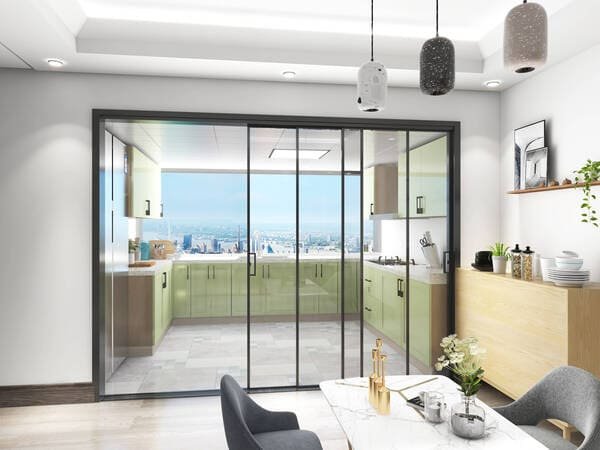
In our factory, we design and test every piece of hardware based on these three pillars. If a component fails in any one of these areas, it doesn’t make it to the production line. Let’s look at each function more closely, because as a buyer, this is what you should be evaluating.
Supporting the Load
The first job is purely structural. The rollers and track must hold the weight of the door panel, which can be hundreds of pounds for large external doors. We specify a "weight capacity4" for our hardware systems. It’s critical to choose a system with a capacity that is well above the actual weight of your door. This safety margin prevents long-term stress and failure. We conduct cycle tests where we load the hardware to its maximum capacity and run it back and forth thousands of times to ensure it can handle a lifetime of use.
Enabling Movement
This is the function the user interacts with every single day. The hardware must make opening and closing the door feel effortless. As we discussed, this comes down to the quality of the rollers and the track. It’s also where features like soft-closers come in. A good system provides a smooth, quiet, and controlled motion that feels high-end.
Ensuring Security
For external doors, this is the most important function. The locking mechanism needs to be robust. Multi-point locking systems, which secure the door at several points along the frame, are far better than a single latch. Another key security feature is an anti-jump or anti-lift device. This small component engages with the track to prevent the door from being lifted off its rails from the outside. It’s a simple feature, but it’s essential for preventing forced entry.
What is the common problem with sliding doors?
Sliding doors sometimes get a bad reputation for being unreliable. This often leads to frustrating service calls and unhappy customers. Knowing the common issues helps you choose hardware that prevents them.
The most common problem with sliding doors is difficult or stiff operation. This is usually caused by dirt and debris in the track, worn-out rollers, or a misaligned frame. These issues prevent the door from gliding smoothly and can quickly damage the components.
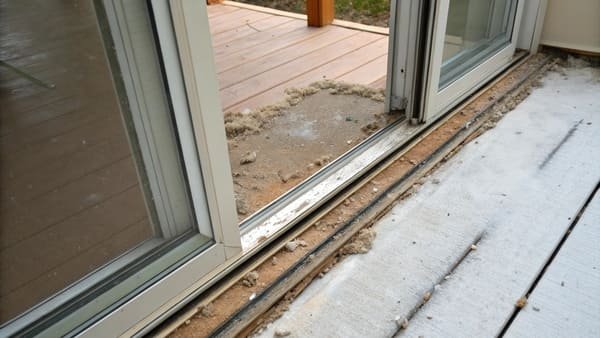
From my experience dealing with warranty claims and customer feedback over the years, nearly all problems can be traced back to a few root causes. The good news is that they are almost entirely preventable if you start with high-quality hardware and ensure proper installation. Sourcing cheap hardware might save a few dollars upfront, but it costs much more in the long run with callbacks and repairs.
The Top 3 Failure Points
Here are the issues I see most often, and how quality hardware solves them from the start.
| Problem | Common Cause | How Quality Hardware5 Prevents It |
|---|---|---|
| Stiff or Grinding Operation | Dirt/debris in the track; worn-out, cheap plastic rollers. | Solution: A well-designed track profile helps eject debris. Using durable stainless steel rollers ensures they don’t flatten or degrade over time. |
| Door Jumps Off The Track | Door panel is lifted out of the track; severe misalignment. | Solution: Good hardware systems include an anti-jump mechanism. This small but vital part physically blocks the door from being lifted off the track. |
| Lock Doesn’t Latch | Frame or door misalignment; a weak, single-point latch. | Solution: Using a robust, multi-point locking system6 provides more secure engagement and is more tolerant of minor house settling or frame shifts over time. |
By focusing on hardware with these stronger, more resilient features, you are directly addressing the most common failure points. You’re not just buying a part; you’re buying peace of mind for yourself and for the final customer.
Conclusion
Great external sliding door hardware is a system. Durability, smooth operation, and security must all work together. Choosing quality from the start is the best way to prevent future problems.
Learn why high-quality rollers are crucial for smooth operation and longevity of doors. ↩
Learn about various roller materials and their specific applications to choose the best option for your needs. ↩
Explore the advantages of stainless steel in door systems, including strength and corrosion resistance. ↩
Understanding weight capacity is crucial for ensuring safety and longevity in door hardware systems. ↩
Explore how quality hardware enhances durability and performance, ensuring long-lasting solutions for common issues. ↩
Learn about the advantages of multi-point locking systems for enhanced security and reliability in door hardware. ↩

